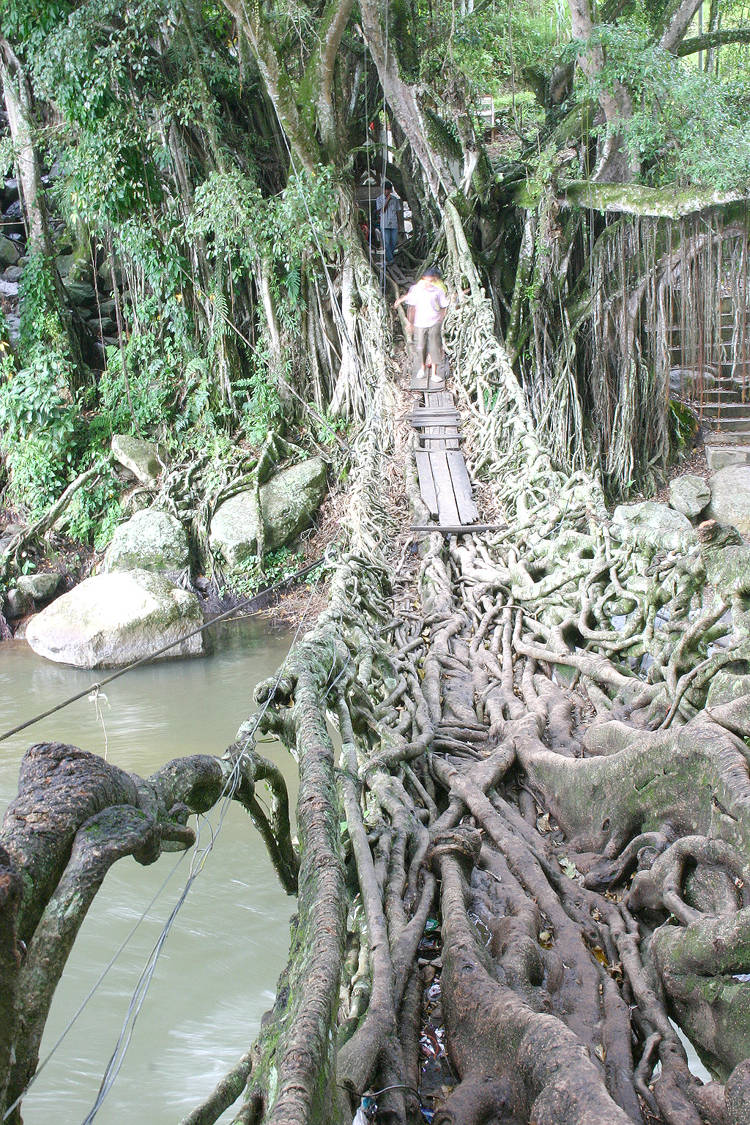When he moved from New York to Florida over 40 years ago, Howard Solomon took the saying “A man’s home is his castle” quite literally. The artist once known as “The DaVinci of Debris” spent a total of 12 years building a three-storey castle by hand, in the middle of a swamp.
Solomon began working on his unique castle in the 70’s, after he and his family moved to Ona, Florida. The original plan was to build a nice house on the piece of land he had bought in Hardee County, but after realizing the place was actually a big swamp, he decided to construct something high enough to resist any potential floods. He had always been fascinated with medieval castles and this proved to be the perfect opportunity to build his very own 16-century fortress, complete with a bell tower, moat and drawbridge. Howard worked on his architectural masterpiece on and off ever since 1972, and reckons he has spent over 12 years erecting the structure and covering it in aluminum plating, and an additional 4 years building a Spanish galleon in the castle moat. When he first started building his dream home, people thought he was mad, and wouldn’t even let their kids play with his, but over the last 40 years they’ve accepted him into the community, and Solomon’s Castle is now the most popular attraction in the area.




















